Meet Stephanie Peebles Tavera | Author, Literary Historian, & Professor of English
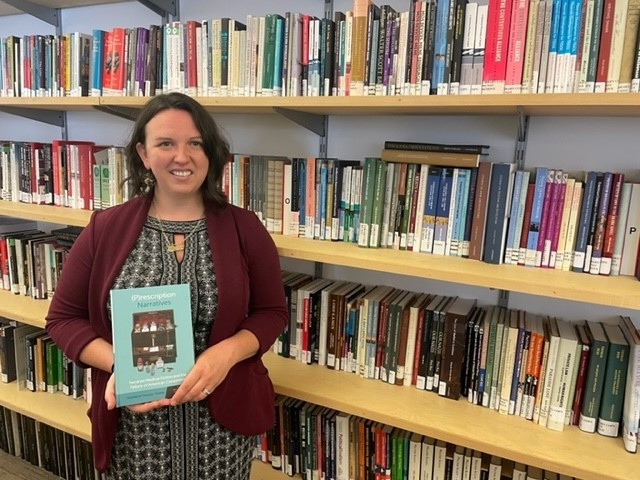

We had the good fortune of connecting with Stephanie Peebles Tavera and we’ve shared our conversation below.
Hi Stephanie, do you disagree with some advice that is more or less universally accepted?
One piece of advice that is often given to writers is that you should schedule time to write every single day – even if you can only squeeze thirty minutes into your busy schedule. But this advice doesn’t work for me for a couple reasons. On the one hand, I am a binge writer, which means that I can sit down and write for long periods of time. In fact, it sometimes takes me thirty minutes to warm up and then once I get into the groove or “zone” of writing the world around me tends to fall away. I lose track of what’s going on. However, one of the reasons why binge writing is so effective for me is because I am processing ideas throughout the day, all day long – while I am driving or doing the dishes, for instance. I sometimes even talk to myself to work out the organization of a paper or the phrasing of an idea, and then when I feel that I have something worth documenting I record myself on my iPhone using the Voice Memos app. I can later transcribe the Voice Memos into coherent sentences and paragraphs, and while I am transcribing I edit the original thought so that it sounds better on paper. My “shitty first draft” of an essay or story is usually oral – documented in Voice Memos – and so by the time I actually put fingers to the keyboard (or “pen to paper,” as the saying goes), I am on my second, third, or fourth “draft.” As a culture, we don’t usually consider this kind of oral working-out of ideas as a form of “writing” or “drafting” – but it is. In fact, I consider the act of reading part of the process of writing because often my inspiration come from what I am reading. All of these steps – reading, talking to myself, recording myself, transcribing – are part of my writing process, and I would venture to say that I am not alone. I even teach writing this way to my students. One of the other reasons that daily scheduled writing time does not work for me is because – as a parent and teacher – my days look different depending upon what day of the week it is. On the days that I teach (Tuesdays and Thursdays), I primarily focus on teaching, grading, and prep for the next week’s class. These tasks demand a different kind of energy and headspace, and I just don’t have the uninterrupted space that I need to engage in academic writing, nor do I have the energy to switch from one kind of writing task to another on a dime. When I drive my kids to school and back, or doctor’s appointments, or after-school activities, I might talk through my ideas and record myself using the Voice Memos app. Or while I am waiting for my teenager while he’s at tennis, I might type specific ideas or an outline into the Notes app of my iPhone. But it also depends on what my kids need that day – whether they need my undivided attention – and if so then I know I won’t be able to fully engage during a writing session. Right now, I actually only have scheduled writing time twice per week on days that I do not teach and during the hours that my kids are in school. Sometimes when inspiration strikes, or I am working on a deadline, I will write after my kids go to bed from about 9:30 pm to midnight. But this is usually temporary or seasonal. I think the better advice for writers is to know what kind of writer you are and what conditions you need to be productive, and to let go of the guilt or shame of not writing every day because (1) writing is not just creating “perfect” or useable sentences for a final product and (2) that guilt and shame we are made to feel for not writing conventionally is counterproductive.
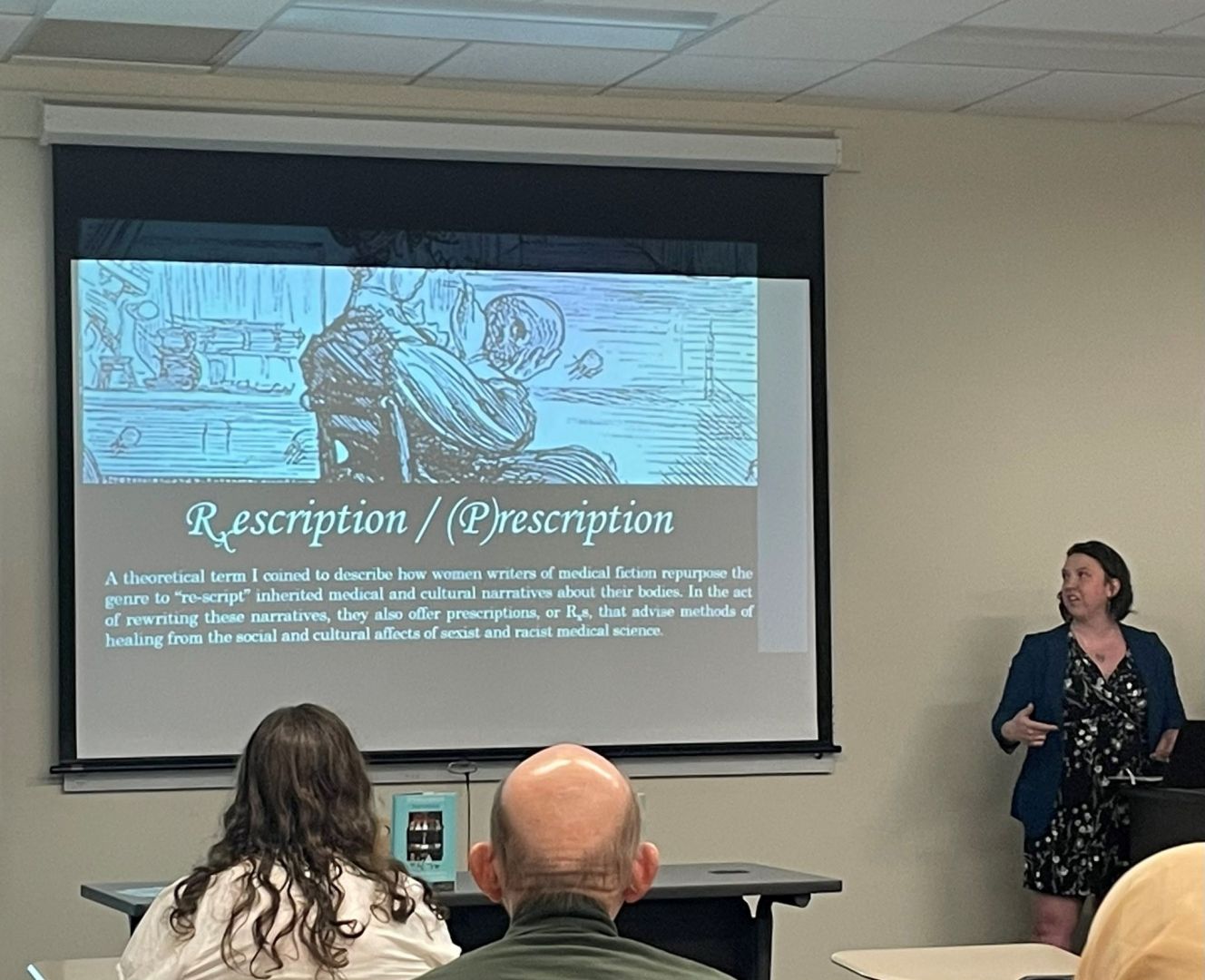
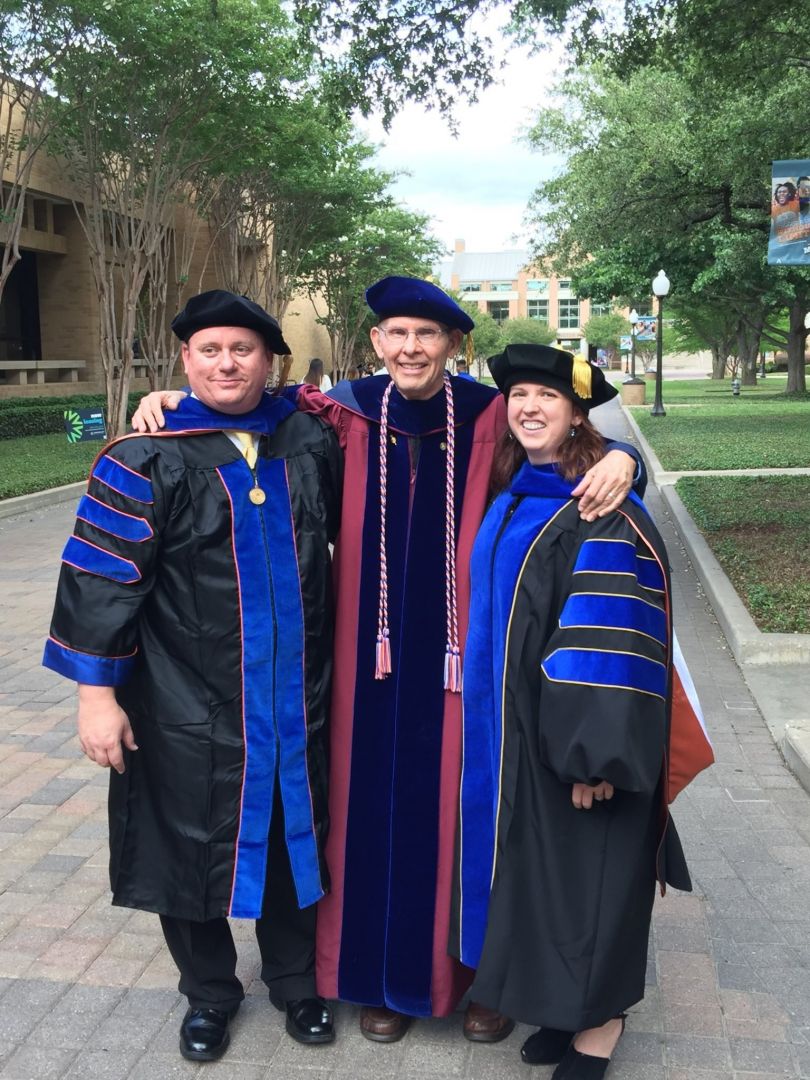
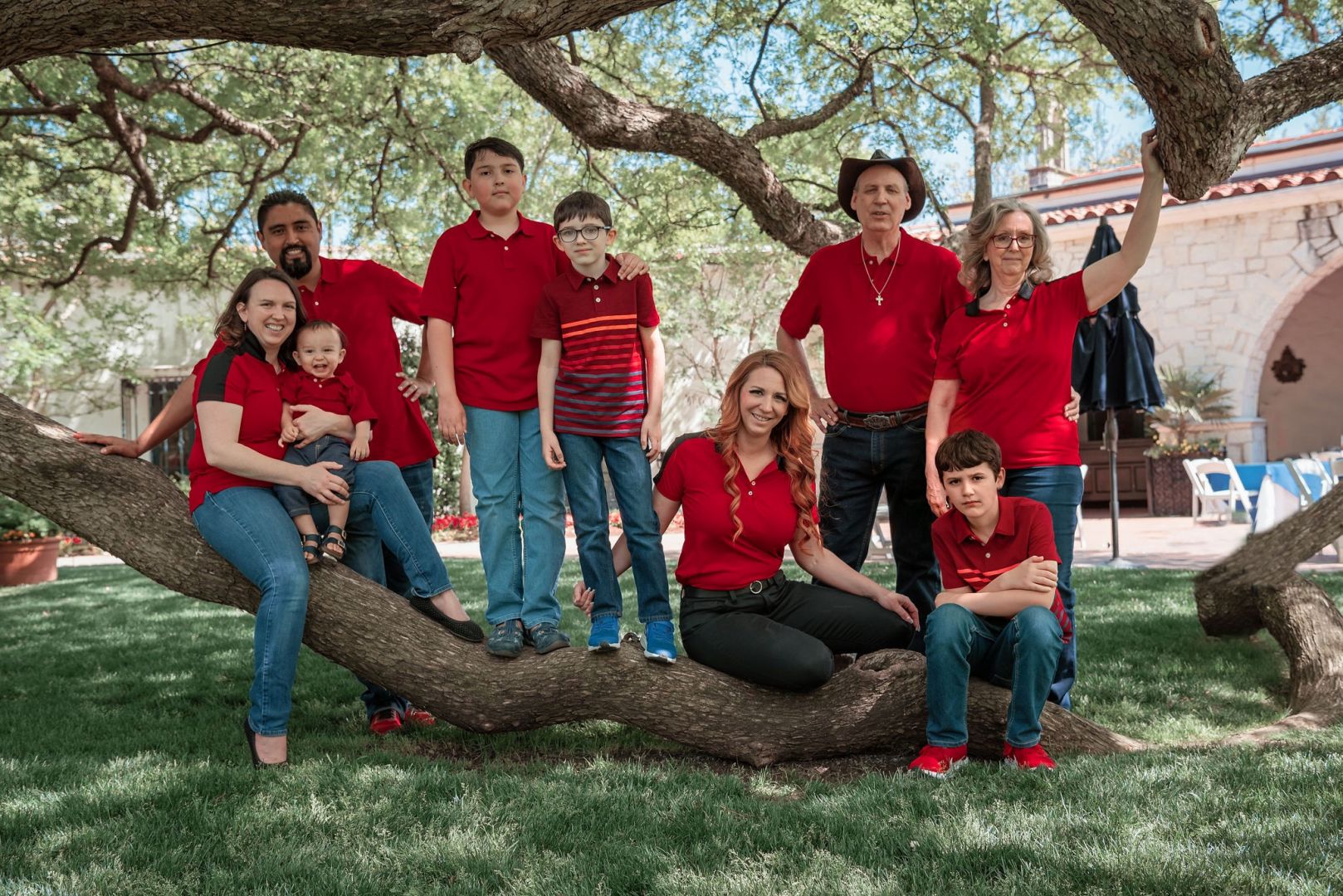
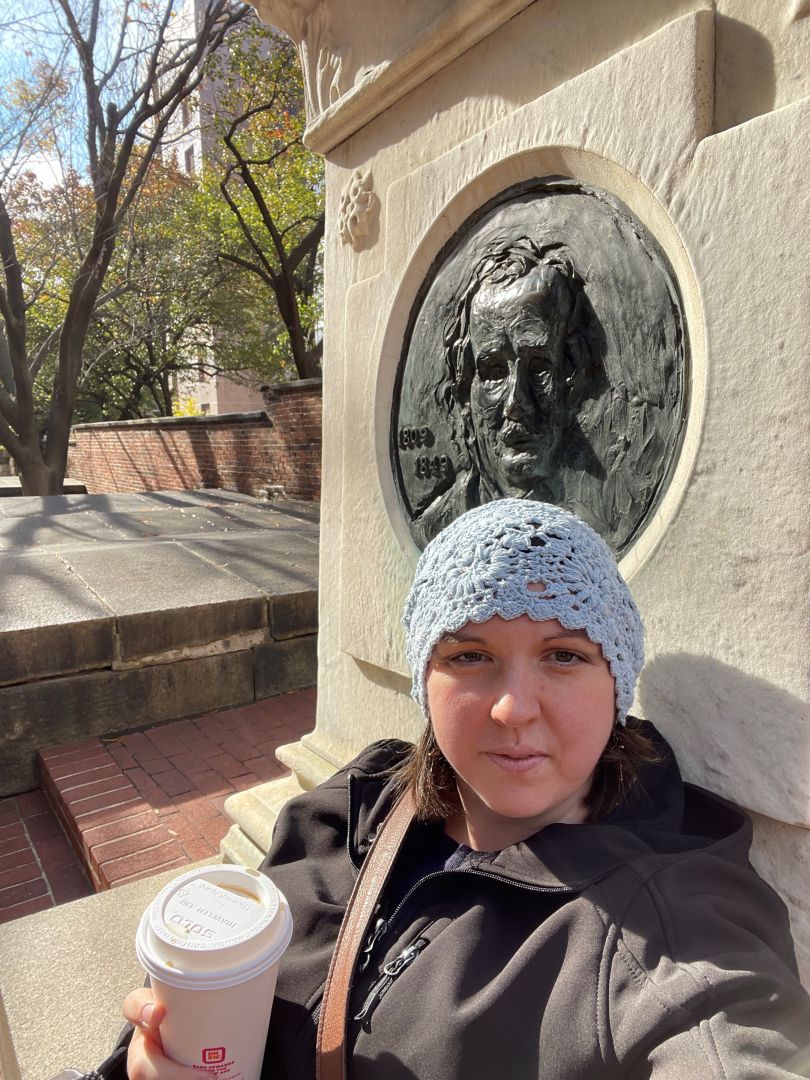
Can you open up a bit about your work and career? We’re big fans and we’d love for our community to learn more about your work.
I consider myself both a professional educator and an artist, or writer. I am an academic, which means that I teach for an institution of higher education (currently, Texas A&M University – Central Texas). But I am also a published author who has written a book (monograph, or single-authored), several peer-reviewed articles for academic audiences, and a handful of shorter essays for public audiences, as well as edited book editions of lost and forgotten women writers from the nineteenth-century. I am not obligated to write some of these things, not even for tenure; I choose to write because if I am going to have a voice I want to use it conscientiously. Of course, I have to say that I am most proud of my book (P)rescription Narratives: Feminist Medical Fiction and the Failure of American Censorship (Edinburgh University Press, 2022) because it is the culmination of several years of research and I am the sole author of the book. I also wrote it during the pandemic while I was nursing a newborn (I gave birth in March 2020, one day before our county went into lockdown quarantine), which is not ideal writing conditions! But I am also proud of how I developed my voice in the writing of this book. Kyla Schuller (author of The Trouble with White Women) praises my book as “brimming with heart and intelligence.” That’s not just admiration for the content contained within the pages but also for my voice as a storyteller. Schuller senses that as a writer of literary history I strove to be approachable and to tell the story of women writers of medical fiction “with heart,” or empathy. And that’s exactly right. I want to be approachable, even as an academic writer. The ideas we are conveying as academics might be complex, but our language doesn’t always have to be. I am writing more these days for a public audience because I think one of the greatest aspirations we can achieve as academics is to invite the public into our expertise. A couple of examples of my writing for a public audience include: “The Woman Writer’s Playbook to Fighting Censorship,” featured on the Edinburgh University Press Blog (https://euppublishingblog.com/2022/09/09/the-woman-writers-playbook-to-fighting-censorship/), and “Anti-Censorship Alcott, Or How the Author of Little Women Taught Girls to Talk Sex,” on the Critical Childhood Studies Blog (https://ccsproject.org/2022/02/16/anti-censorship-alcott-or-how-the-author-of-little-women-taught-girls-to-talk-sex-stephanie-peebles-tavera/). I hope to write more of these articles in the future because I think it’s important in this current socio-political movement to understand where current conversations about censorship, sex education, women’s reproductive health, and young adulthood originate. They have a long genealogy that stems from the nineteenth-century, and possibly earlier. Of course, I teach these things in the classroom at my university, but I want to be known as a woman who teaches by being.
Any places to eat or things to do that you can share with our readers? If they have a friend visiting town, what are some spots they could take them to?
Let’s start our day with breakfast at Good Day Café in Grand Prairie. We used to come here about once per week – usually weekends – when we lived in Grand Prairie while I was doing my PhD at UT Arlington. It’s a family-owned restaurant that specializes in homestyle cooking. I usually order their Eggs Benedict Breakfast or Chila Skillet (with red salsa). It’s chilaquiles in a skillet – layers of tortilla chips, eggs, mozzarella cheese, and beans – Yum! Here’s their website: https://www.gooddaycafe-gptx.com/. Go early—they get busy! After breakfast, we’ll head over to the Dallas Arboretum before it gets too hot. My favorite times of year to go to the arboretum is during Autumn at the Arboretum (which is right now) – I love the pumpkins and the fairytale decorations, especially Cinderella’s carriage – and during the Dallas Blooms when the tulips, azaleas, and Japanese cherry trees are in full bloom (around April). When I was a kid, we used to attend music concerts, have picnics on the lawn, and play in the water at the frog fountains at the end of Crepe Myrtle Allee. As an adult, I find the reflecting pools in the woman’s garden very peaceful and my own boys love playing in the Children’s Adventure Garden. More here about the Dallas Arboretum and Botanical Garden: https://www.dallasarboretum.org/. After the Dallas Arboretum, it’s Dino’s Subs on S Collins St in Arlington for lunch! I know, I know – it’s a drive, going back and forth between Grand Prairie/Arlington and Dallas, but so worth it. I usually order the Italian Combo (#8) or the Big D (#11), but whatever you order, make sure you ask for “The Works”! Dino’s has an amazing house-made seasoned dressing. Like Good Day Café, Dino’s is a family-owned restaurant. They really make you feel at home here. They also have good ice cream. More about Dino’s here: https://dinossubs.com/.
Let’s head to the Dallas Museum of Art to beat the heat in the afternoon. I find art, nature, and cultural scenes inspiring – and the Dallas Museum of Art is free. I love free. Well, except for the special visiting collections and the events like Arts & Letters Live, which is worth paying to attend when I know and love the guest author. I think the last time I went to Arts & Letters Live was when Glennon Doyle came to speak in September 2017, so it’s been a while. I also met Amy Tan once at Arts & Letters Live and she signed my copy of The Valley of Amazement. But in the museum itself, I love the Latin American collection and the European Art collection. I could stare at Claude Monet’s The Seine at Lavacourt for hours. Check out the DMA’s collections here: https://dma.org/.
By now, it’s late afternoon or early evening and we have a number of options that are walking distance from the DMA. We could take a walk in Klyde Warren Park, a 5-acre deck park that was built over the eight-lane Woodall Rodgers Freeway. There’s usually something going on like food trucks or the evening fountain show, or if we plan ahead we could be there for a movie in the park: https://www.klydewarrenpark.org/. Or we could walk through the murals of Deep Ellum. The Deep Ellum Blog maintains an unofficial guide that helps us navigate the murals: https://www.deepellumtexas.com/10-new-ish-deep-ellum-murals-guide/. This is where I recently took my author photos and professional headshots. If we walk this route, we definitely have to stop by Mokah Coffee & Tea, a free-trade coffee shop in Deep Ellum that also has a cultural center with independent artists’ exhibits: https://www.lifeindeepellum.com/mokah/. I wrote half my dissertation here, sipping a cappuccino and typing on my computer alongside my cousin, best friend, and fellow academic Dr. Natalya Cherry when we were both dissertating.
How we end the night depends upon how hungry and tired you are at this point, and whether you want to drive out or hang around downtown. I have a special place in my heart for Gloria’s Restaurant (aka Gloria’s Latin Cuisine) in lower Greenville because that’s where I met my husband 15 years ago this October. The Salvadorean cuisine is excellent, and the margaritas are a must. But this Gloria’s location doesn’t have dancing anymore like they did the night I met my future husband. So, if we want to go dancing, we’ll have to go to the Addison location: https://gloriascuisine.com/salsa-and-nightlife/index.html. If we just want dinner, the Pecan Lodge has the best barbecue (oof—but the line is long!), while Oni Ramen has the best ramen. Both of these places are walking distance from the Dallas Museum of Art, Deep Ellum, and Mokah Coffee & Tea.
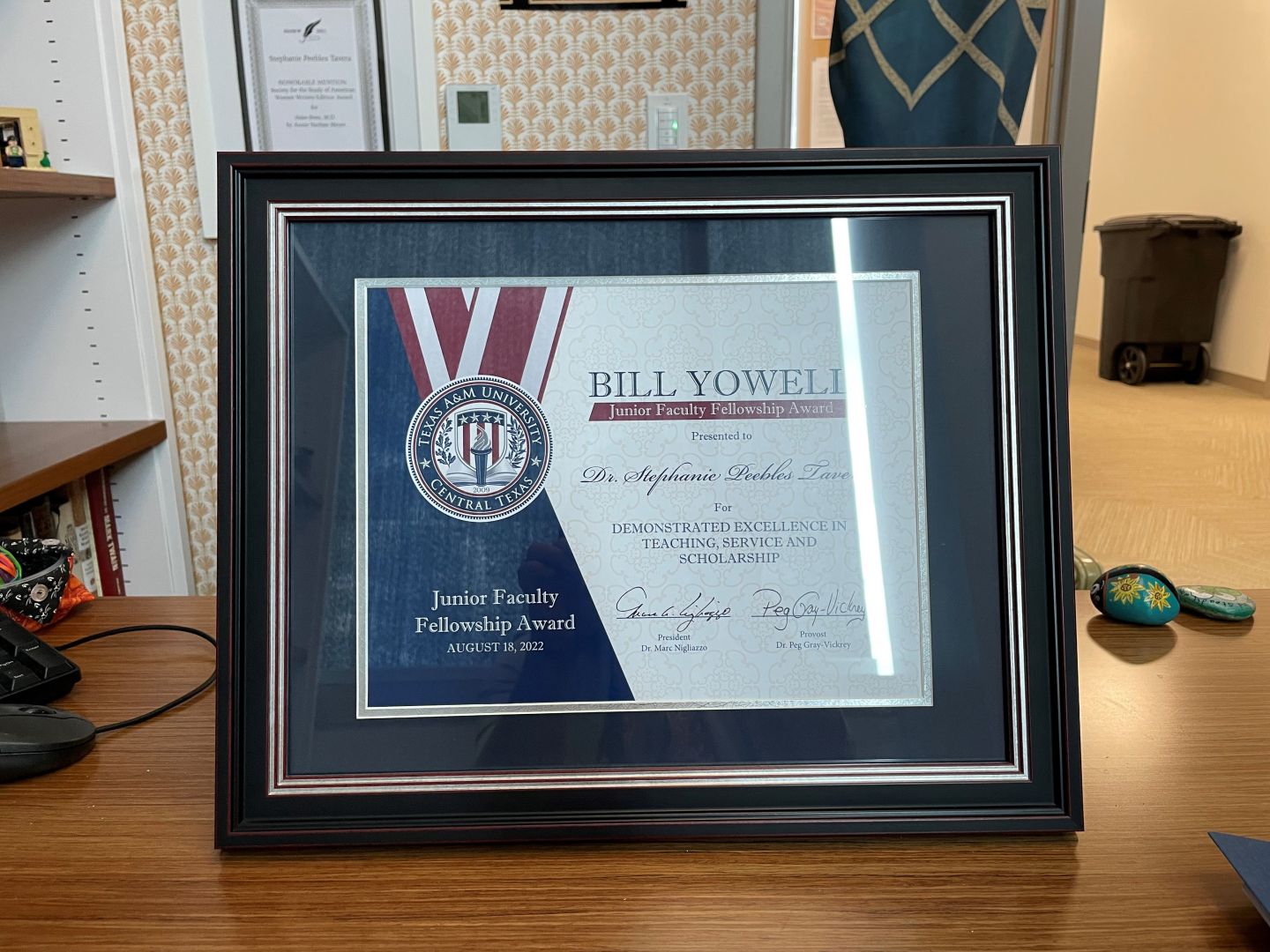
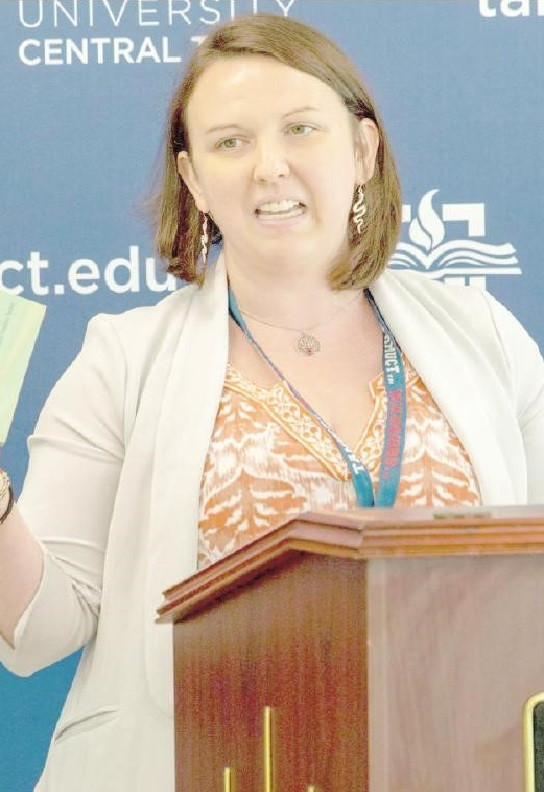
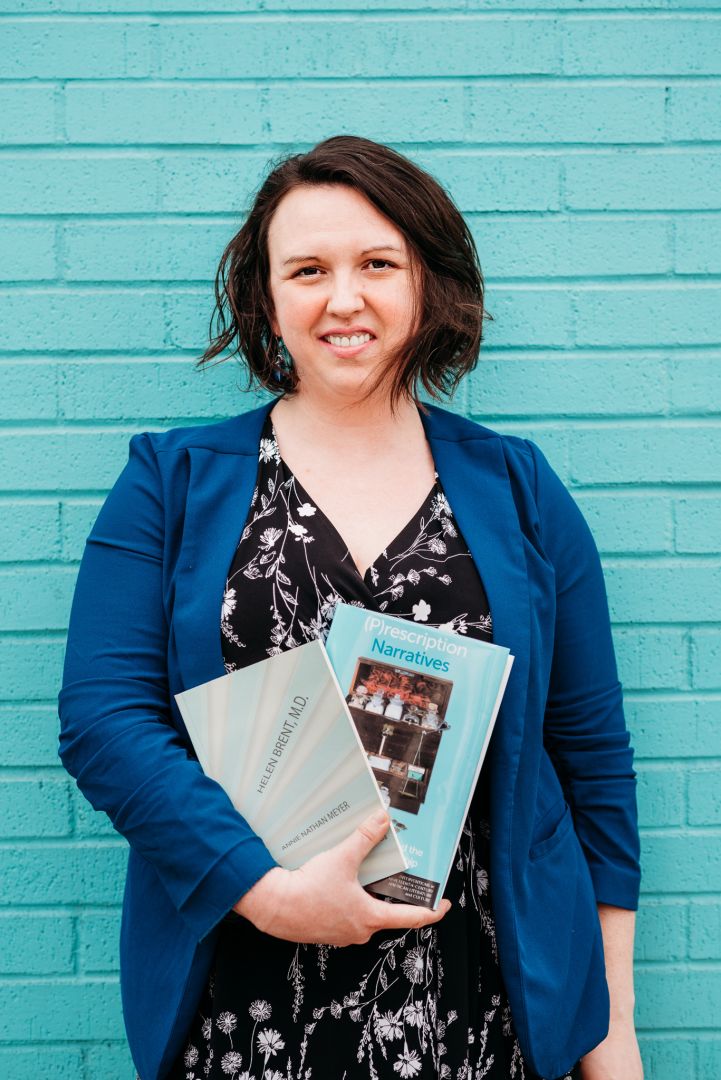
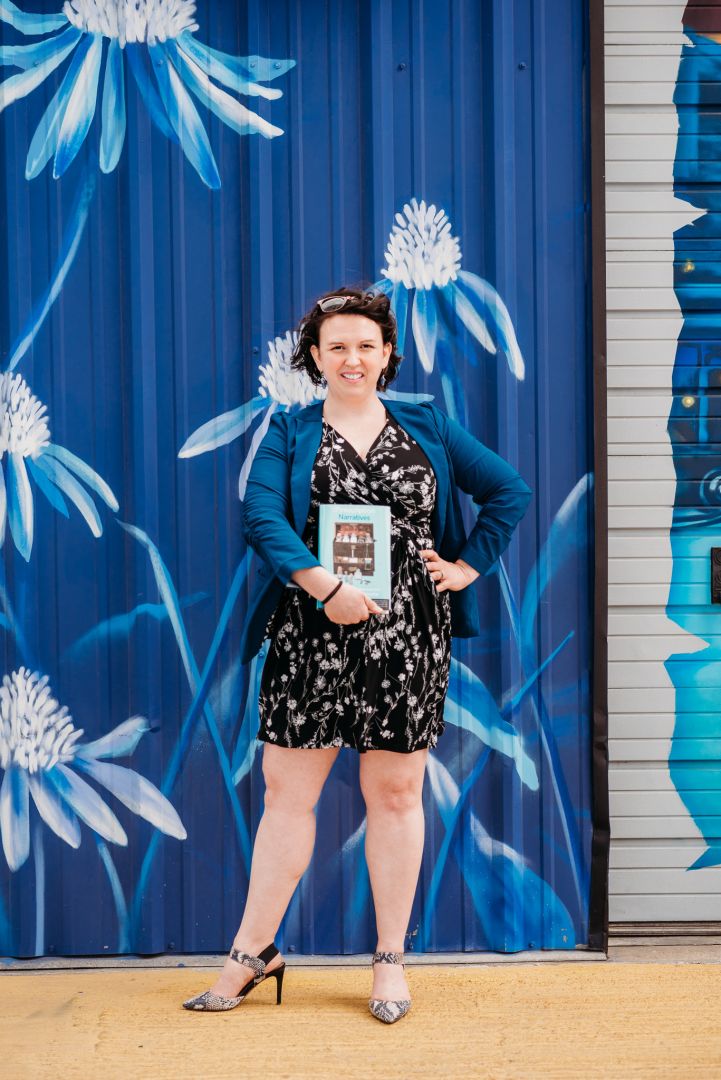
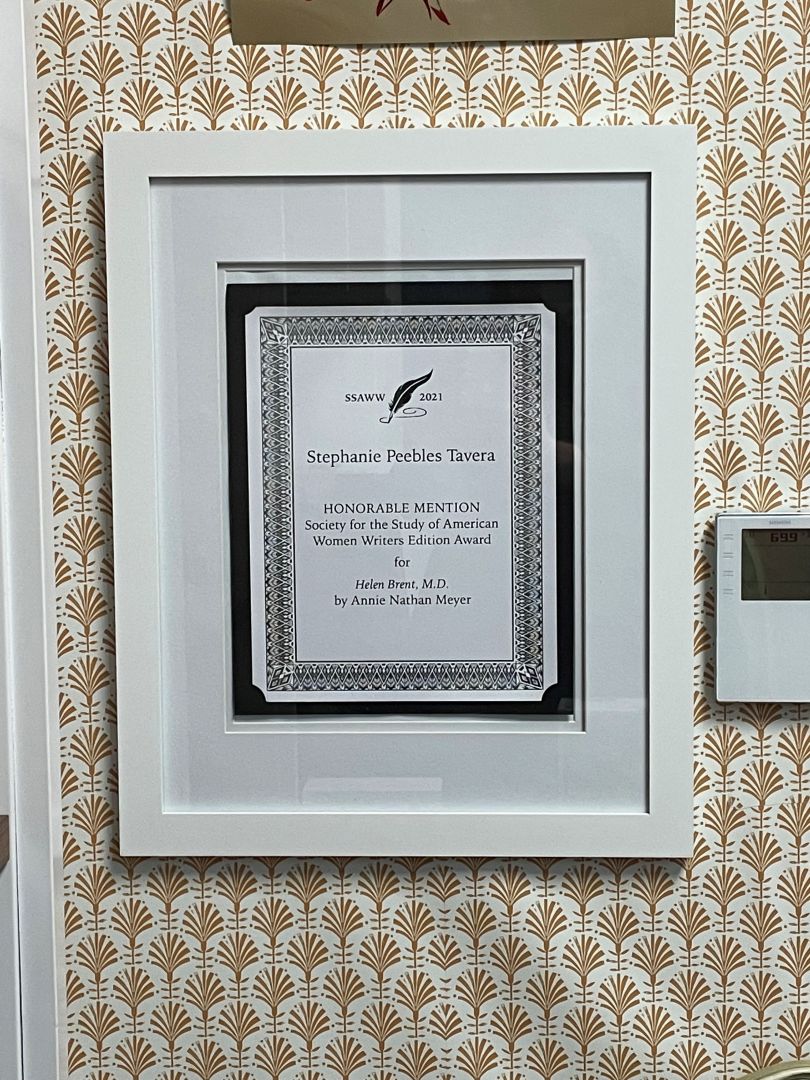
Who else deserves some credit and recognition?
You should see the Acknowledgements page of my first book, (P)rescription Narratives! It’s four- and-a-half pages long! Edinburgh University Press gave me a generous amount of space for fully acknowledging those individuals, organizations, institutions, and even books that shaped me into the writer and teacher I am today. I dedicated my book to my boys, Aidan and Micah, because being a parent changed my life in profound ways that have shaped my sense of self, my thinking, and my way of being in the world. This is especially true given that reproductive health plays such a significant role in my book. So it felt only right that I should honor the mark that my children have left on me. But, because this magazine is for a Dallas audience and I am a Dallas-ite, I feel that this Shoutout belongs to the teachers and professors who most profoundly shaped my professional identity. I completed all of my education in the DFW area: J.C. Austin elementary (Mesquite ISD), Armstrong Middle School (Plano ISD), Garland Christian Academy, The University of Texas at Dallas (BA ’09, MA ’11), and University of Texas at Arlington (PhD ‘17). The teachers and professors from these institutions that most strongly shaped my identity as a writer and teacher are: Julie Leslie (former Martin), Rhonda Kaufman Gill, Theresa Towner, Sean Cotter, Ken Roemer, Stacy Alaimo, and Desiree Henderson. Thank you all for being dedicated care-ful educators that you are.
Website: https://sptavera.com/
Linkedin: https://www.linkedin.com/in/stephanie-peebles-tavera-phd-b791ba77/
Twitter: https://twitter.com/sptavera87?lang=en
Other: (P)rescription Narratives (my book): https://edinburghuniversitypress.com/book-p-rescription-narratives.html Helen Brent, M.D. by Annie Nathan Meyer (book edition that I edited): https://www.amazon.com/Helen-Brent-Annie-Nathan-Meyer/dp/194288558X
Image Credits
1. Feature Photo: Launch of (P)rescription Narratives at Edinburgh University Press, photo by Kirstie Crosbie 2. Author Photo of Stephanie Peebles Tavera with her monograph in Deep Ellum, photo by Kika K Photography (https://www.kikakphotography.com/) 3. Bill Yowell Junior Faculty Fellow Award, photo by Stephanie Peebles Tavera 4. Communing at the grave of Edgar Allen Poe in Baltimore, MD, selfie by Stephanie Peebles Tavera 5. Plenary Talk for Women’s History Month at the University of Texas at Arlington, photo by Trudi Beckman 6. Speech given at the Beck & Yowell Faculty Fellow Awards Breakfast, photo by staff at the Killeen Daily Herald 7. Peebles-Tavera Family at the Dallas Arboretum, photo by Kika K Photography 8. After the Doctoral Graduation Ceremony with Dr. Mike Brittain and Dr. Ken Roemer, photo by Esteban Tavera Morales 9. The 2021 Society for the Study of American Women Writers Book Edition Award, Honorable Mention, photo by Stephanie Peebles Tavera 9. Author Photo of Stephanie Peebles Tavera holding her books in Deep Ellum, photo by Kika K Photography
